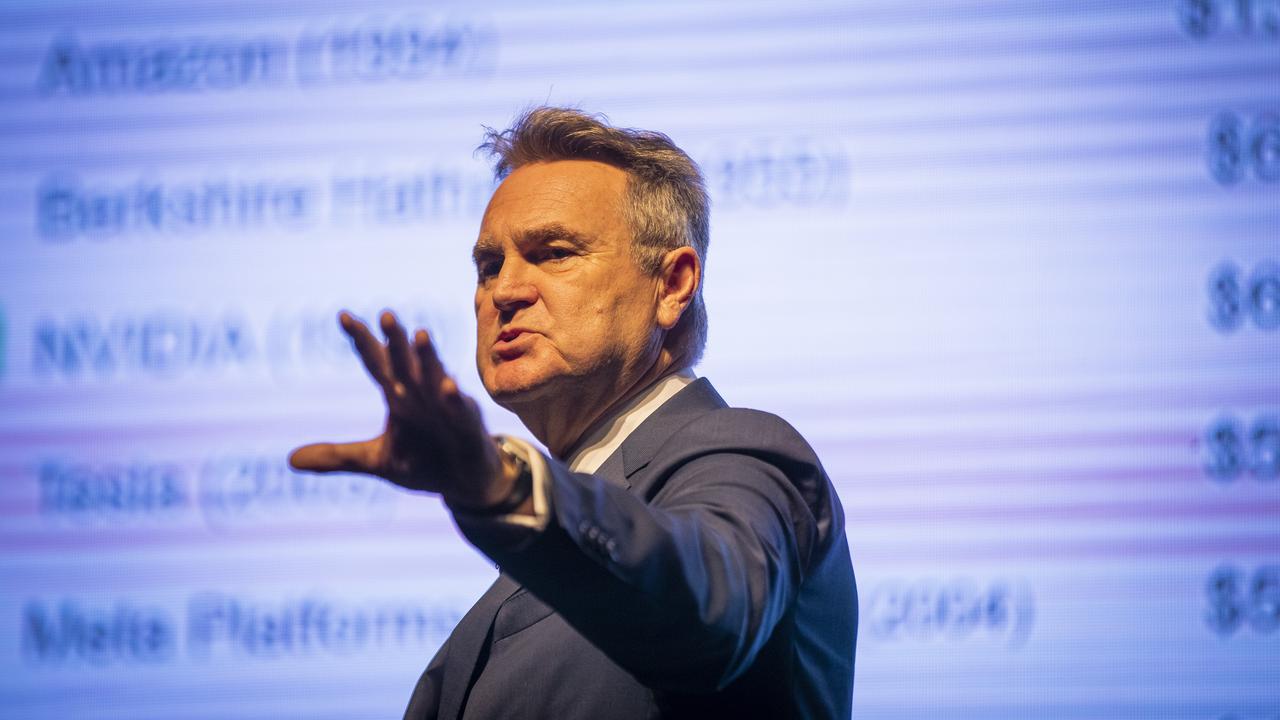Almost 10 years ago to the day, Alcoa announced the closure of its aluminium smelter and rolling mill at Point Henry.
Almost 1000 jobs were lost in yet another unfortunate sign the heavy industry that for so long underpinned Geelong’s economy was no longer viable.
Many feared the city would never recover.
“It’s another nail in the coffin for Geelong,” Alcoa worker Kel Brewer said at the time.
Then premier Denis Napthine, himself a Winchelsea-born, Geelong-educated product, lamented the loss but in words than now seem prophetic, he said: “Geelong has been through some challenges and come through bigger, better, stronger.”

Fast forward a decade and the region is growing at well above national rates, both in terms of its population and gross regional product.
As the city continues to evolve from its industrial roots, the Geelong Advertiser today launches its second instalment of Future Geelong in a bid to foster conversation about who we are as a region and what sets us apart from others.
This year’s theme of Geelong Redefined represents the pivotal juncture the city finds itself at.
Geelong’s economy continues to expand as an ever-increasing number of secure, well paid white collar jobs become available.
Greater work flexibility means people can move to the area without having to factor in a commute to Melbourne.
The 2023/24 Geelong Economic Blueprint, released by KPMG upon opening its office within the GMHBA building in August, found the number of people working in Geelong had grown 25 per cent to 135,000 within five years.
“A diversified economy and an emphasis on sustainability and environmental conversation have driven recent growth in Geelong,” the report said.
“The city has become a centre for advanced manufacturing in industries such as aerospace, defence and biotechnology, and a hub of industry, innovation and cultural activity.”
Boasting an enviable lifestyle and more job options, the region’s population is expected to push past 500,000 by 2050.
Some of those new residents will live in yet to be built multistorey mixed-use buildings within central Geelong, as the state government works with the City of Greater Geelong to ensure proposed developments – of which there have been many in the past year – do not diminish the area’s appeal.

Bernard Salt, one of Australia’s top demographers, said Geelong would officially overtake Wollongong as the country’s 10th most populous city when the Australian Bureau of Statistics releases its latest population data next month.
“Traditionally cities that have lost major manufacturers like Geelong have struggled to then find a new position, a new purpose,” he said.
“Geelong, I think, is a fabulous example of how a city can reinvent itself, repurpose itself.”
Mr Salt lived in Geelong in the 1980s and early 1990s, taking his first job out of university at the Geelong Regional Commission.
He said the dial started to move when the Transport Accident Commission relocated its headquarters from Melbourne to Geelong in 2009, followed by WorkSafe and the National Disability Insurance Agency.
“I think it is emblematic from the shift from factory line assembly worker, which provided great prosperity for Geelong, to the rise of administration and knowledge work,” he said.
With those government agencies now entrenched, Mr Salt said the focus must shift to “creating a culture of entrepreneurship” that would help foster young talent and grow emerging industries.
He highlighted defence and renewable energy as prime targets, and leveraging GeelongPort to grow agribusiness opportunities.
GeelongPort facilitates more than $7bn of trade annually, supporting the agriculture, construction, energy and tourism sectors.
Last year it was acquired by infrastructure investment firm Stonepeak and Spirit Super, a multi-industry Australian superannuation fund.
Spirit’s chief investment officer Ross Barry said its 30 per cent stake reflected the group’s commitment to seeking out compelling opportunities in regional centres.
In a move that bodes well for local business, Spirit has had a Geelong-based partnerships manager since late last year.
The job of Geelong native Maryanne Mullahy is to forge meaningful business and community partnerships.
“We believe in the future prosperity of the city,” she said.
“Regional centres are vital to Australia’s economy and play a massive part in securing Australia’s prosperity.
“I’m looking for ways in which Spirit Super can deepen our reach in, and connection to, this great city.”
Xavier Everett from Quintessential, the developer of the WorkSafe, GMHBA, and City of Greater Geelong offices, said more and more institutional investors were looking at Geelong.
“Of all the regional city centres, Geelong has been the biggest benefactor of growth, particularly post-Covid we’ve really seen it ramp up,” he said.
“If you look at it from an overall lifestyle perspective, Geelong is one of the only cities where you can effectively get anywhere within half an hour.
“The lifestyle benefits have caused the population growth which has made other private and non-government corporates actually start to reconsider that Geelong is a viable workplace.”

Villawood Properties’ executive director Rory Costelloe moved to Geelong from Bendigo more than 20 years’ ago.
He sits on the Geelong Authority board, which was established by the state government in 2015 to help drive investment, growth and jobs in central Geelong.
“We have the construction of the Geelong Convention Centre, the newly-completed arts and cultural centre and myriad tall buildings popping up into the sky,” Mr Costelloe said.
“Another important factor is that you have big four private firms like KPMG setting up office in Geelong.
“This is the start of an avalanche of major firms starting up in Geelong as their staff realise the benefits of Geelong.”
Future Geelong will culminate in an event at GMHBA Stadium on March 1, where demographer Bernard Salt will be keynote speaker.




Add your comment to this story
To join the conversation, please log in. Don't have an account? Register
Join the conversation, you are commenting as Logout
Gran snubs $50k a year for grandkids’ sleepovers
Financial experts are calling for older Australians to downsize or rent out their spare rooms amid the housing crisis – but one Marshall grandmother still vows she “never” will. Here’s why.
Two hospitalised following Lara prison stabbing
Two men have been taken to Geelong hospital after a stabbing incident at Victoria's newest prison in Lara this morning.